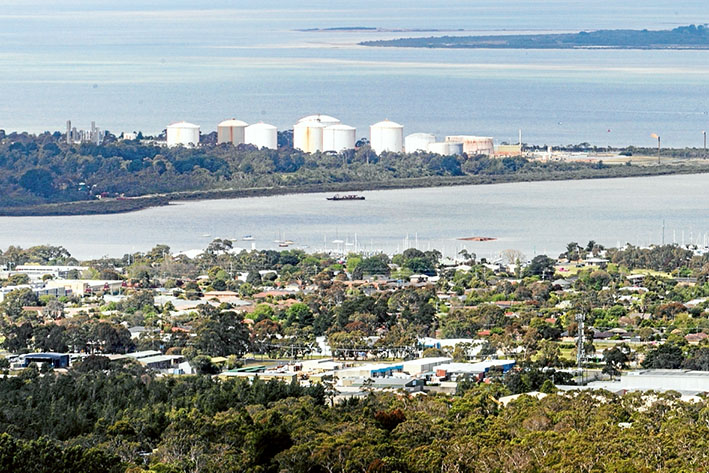
INFRASTRUCTURE Victoria is holding a “community workshop” at Hastings as part of its investigations into the need for a second container port for Melbourne.
Previous state governments – Liberal and Labor – have backed Hastings as a site for a new container port, but the current government changed tack and nominated Bay West in Port Phillip as its preferred location.
The first report by Infrastructure Victoria into the best site for Victoria’s second container port is scheduled to go to the Victorian Special Minister of State, Gavin Jennings, in May 2017.
The workshop in Hastings on Wednesday 23 November follows release of a discussion paper “Preparing advice on Victoria’s future ports capacity” in September in which Infrastructure Victoria warned “evidence we gather may not be conclusive enough to identify a preferred location”.
A similar workshop is being held at Hoppers Crossing, in Melbourne’s west.
The workshops are part of the process “to inform our advice to government on options for a second container port”, Infrastructure Victoria says.
The work to “develop the port advice” by Infrastructure Victoria includes “technical investigations, analysing demand and supply scenarios, and providing evidence where there are gaps in knowledge”.
“Stakeholder and community feedback in this phase of engagement, and evidence received, will also be assessed and considered.”
When announcing its investigation into the need and site for a second container port Infrastructure Victoria said a decision “is still likely to be a number of years away.”
The government agency also stated that it sees expanding existing ports or building new ones “a last option”.
It says the smarter approach is to make better use of existing assets, including port road and rail links, and to manage demand, such as spreading truck movements more evenly throughout the day and night.
Infrastructure Victoria has also warned that both Hastings and Bay West require “significant dredging, reclamation of land (creating new land using dredge material), and construction of land transport connections”.
Environment impacts of developing either site will not be made in time for next year’s report as “both sites are located in or adjacent to environmentally-sensitive areas”.
The “Preparing advice on Victoria’s future ports capacity” discussion paper says the annual rate of increased container traffic being handled at Melbourne has levelled out and now sits at less than three million a year.
It says Melbourne’s limit is eight to seven million containers a year (Victorian Ports Strategic Framework, 2004).
Infrastructure Victoria says it would take up to 15 years for a port to be up and running and that, if built, it should be done in stages to avoid overspending.
Its costings for Bay West and Hastings will be based on a new port able to handle three million containers at first and have the capability of being expanded for up to six or 10 million containers.
However, Infrastructure Victoria’s report keeps referring back to the reason for its investigation as being if, and when, a new container port is needed.
The report also mentions redistributing the types of cargoes handled at the existing ports of Hastings, Geelong and Portland.
“The most important thing to acknowledge about planning for future commercial port capacity is the high degree of uncertainty about future conditions,” the report states.
“Our main focus is on the need for, and timing of, a second container port, and where it might be located. In preparing our advice we will also consider the possible relocation of other trades between Victoria’s ports (for example, motor vehicles, chemicals, grain, break bulk cargo and fuel) or terminals for cruise ships, and what factors may drive any relocation.
“Reducing uncertainty while preserving flexibility is the key driver in our analysis of the timing for investment in new ports capacity. In the short to medium term, allowing the Port of Melbourne to grow to its largest feasible capacity is the most cost-effective way of meeting increased Victorian container throughput.
“Maximising existing ports’ capacity ensures a second port is built only when it is needed.”
“The scope set out by government is clear. We need to provide advice on when to invest in extra container port capacity, and where – at either a Hastings or Bay West location,” Infrastructure Victoria’s CEO Michel Masson said when releasing the discussion paper.
The discussion paper is available at yoursay.infrastructurevictoria.com.au
And the community workshop is at the Harbour View Motor Inn’s Victoriana Function centre, 126 Marine Pde, Hastings, 6-8pm Wednesday 23 November.
